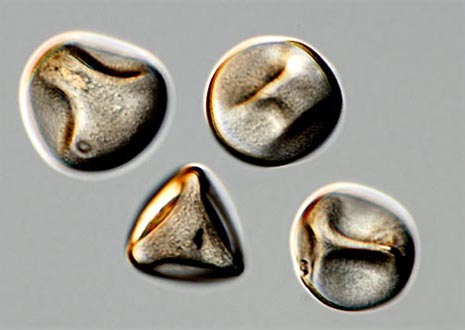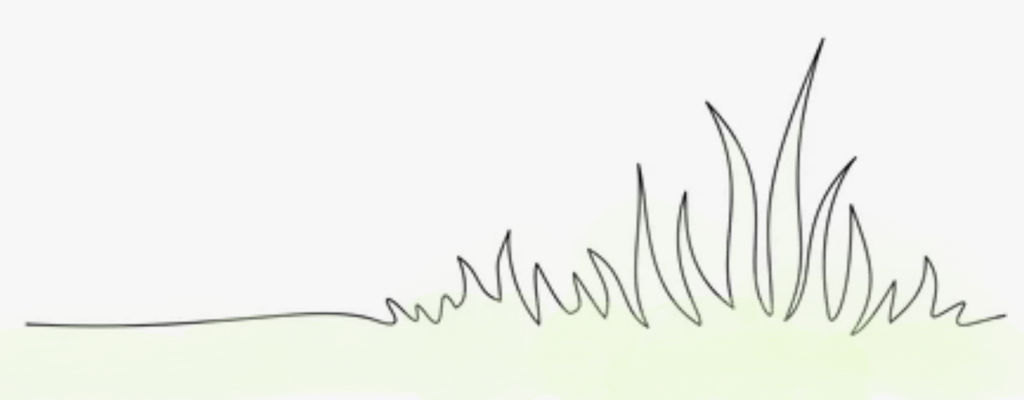



Grass pollen is one of the most widespread allergens globally, causing significant seasonal allergies during the spring and summer months. Grass species are prolific pollen producers, and their lightweight pollen grains can travel long distances, impacting millions of people worldwide.
Grass pollen is particularly abundant in temperate regions where grasslands, meadows, and agricultural fields dominate. In North America, the central and eastern United States experience intense pollen seasons, with species like Kentucky bluegrass and Bermuda grass being significant contributors.
In Europe, ryegrass and Timothy grass are the most common pollen-producing grasses, particularly in countries like the United Kingdom, France, and Germany. In Australia and New Zealand, introduced species like ryegrass dominate pollen production, while tropical regions like Southeast Asia and Central America are affected by grasses such as Bahia and Bermuda grass. The extent of grass pollen dispersal depends on climate, with warm, dry, and windy conditions facilitating higher concentrations. Urban areas, though less grassy, still experience significant exposure due to wind-borne pollen from surrounding fields and parks.
Grass pollen is a leading cause of hay fever (allergic rhinitis), presenting symptoms such as sneezing, nasal congestion, itchy eyes, and throat irritation. In more severe cases, grass pollen can exacerbate asthma, leading to respiratory issues like wheezing and shortness of breath.
Climate change is increasing the duration and intensity of grass pollen seasons globally, creating longer periods of discomfort for allergy sufferers and posing challenges for public health systems.
Massachusetts experiences significant grass pollen seasons due to its temperate climate and the presence of allergenic grass species. Grass pollen impacts residents primarily during late spring and early summer, peaking from May to July.
The most prevalent grass species contributing to pollen in Massachusetts are Kentucky bluegrass, Timothy grass, and orchard grass. These species thrive in lawns, fields, and open meadows, making both rural and suburban areas hotspots for pollen production. Kentucky bluegrass is particularly widespread in lawns and recreational fields, while Timothy grass and orchard grass are more common in agricultural and natural settings. Grass pollen is also transported into urban areas by wind, ensuring that even city residents are affected during the peak season.
Grass pollen allergies in Massachusetts manifest through classic hay fever symptoms such as sneezing, itchy eyes, and nasal congestion. During peak pollen times, warm, windy days often see higher pollen counts, worsening symptoms for those with sensitivities. Residents often rely on local pollen count reports to plan outdoor activities and take preventative measures, such as wearing masks, keeping windows closed, and using air purifiers. For long-term relief, allergen immunotherapy (allergy shots) is a common treatment option.
Grass pollen varies across species in allergenicity, pollen grain size, and seasonal timing, yet all grasses share characteristics that make their pollen one of the most common triggers of seasonal allergies.


